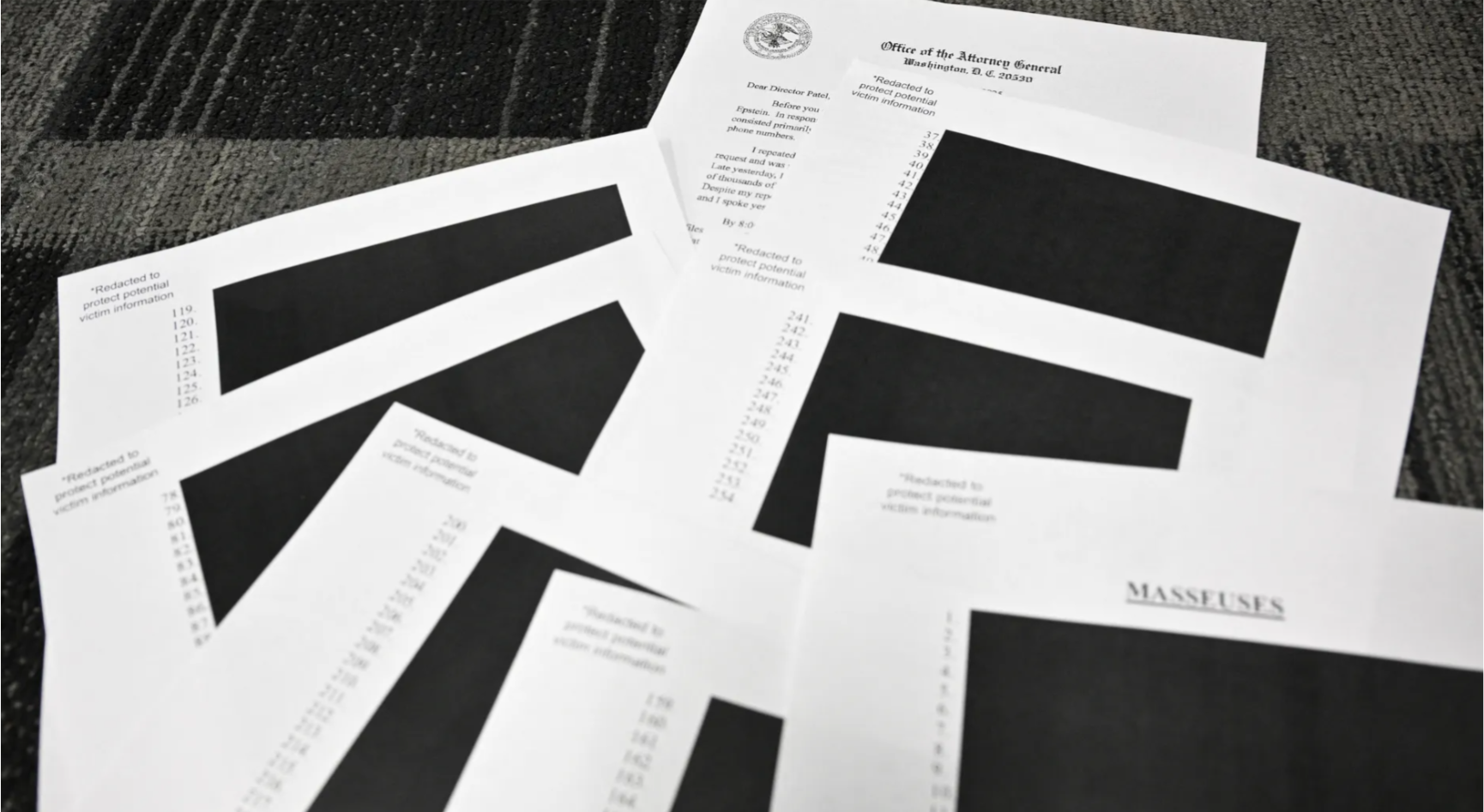(ThyBlackMan.com) Toyota is known as one of the most environmentally-friendly companies in the world. But how exactly do they do it? After all, they manufacture cars, one of the most environmentally damaging inventions around. They do it using a manufacturing methodology and philosophy they developed in their native Japan. This system is known as lean manufacturing.
This style of manufacturing isn’t just limited to cars. (In fact, the philosophy of ‘lean’ isn’t even restricted to manufacturing!) Essentially, it’s a way of reducing any sort of waste when it comes to any manufacturing pursuit. We’re talking about materials, energy, money, time, and worker effort. It’s also about maximizing the value that the customer sees as well as minimizing waste in the process.
So how exactly is waste – known in the Japanese lean process as muda – defined in this process? In the best way possible: waste is anything that doesn’t contribute to the value of the end product. If you want to get in-depth with lean manufacturing, there are seven types of waste that are common in production. The right  manufacturing analytics software can help tackle all of them. But even if you’re not in manufacturing, they will probably apply to you and they can be fixed.
manufacturing analytics software can help tackle all of them. But even if you’re not in manufacturing, they will probably apply to you and they can be fixed.
The first is overproduction. If you’re producing too much of your product, then you’re going to end up with a surplus. Not enough people will buy your stock. You will have wasted time, effort, and money producing all that surplus. Make sure you do effective market research beforehand.
The second is waiting. Think about all the steps of production. There’s design, planning, buying materials, arranging materials, production itself, shipping… There’s a lot to do. But how much downtime is there between each step? This downtime is wasted time. Again, this can be applied to any pursuit, as all business is done in steps.
The third is inventory. What do you have to hand in order to complete your process? Do you have too much of it? In that case, you’ve wasted money. Did you not order enough? Then you’ve wasted time during the wait for more to arrive.
Next up is transportation. How quickly can you move your items from one place to another? How much is it costing you? Is the transportation method safe? If your business runs online and serves in downloads, then you don’t have to worry about this. Pretty much everyone else does, though!
Fifth: over-processing. Are there steps in your process that you don’t actually need? Business owners can sometimes get a little overzealous when it comes to research or quality assurance. If you’re doing more than the item or demand calls for, time and resources are being wasted.
The sixth is motion. This refers to the speed at which people move between tasks. (I’ll be honest with you; this actually sounds a little like the second one to me. Still, it’s part of the lean methodology, so I’ve listed it here!)
Lastly, there are defects. One of the most time-consuming parts of any sort of production is finding and fixing errors. This is especially true for software companies. This can be assuaged by speeding up the testing process, or by being more careful during the development stages.
See how much of this can be applied to your business!
Staff Writer; Marcus Briggs

















Hi Marcus, regarding your comment on Motion, it is different from Waiting in that Motion typically refers to unnecessary movement of people. There are many ways to look at this, but one simple example I use to teach people is, suppose I am missing a tool that I need to do my job, or the tool is located relatively far away from me. The time I spend throughout the day either trying to find the tool or walking to get it when it could potentially be located right at my fingertips would be examples of the waste of Motion. Lots of other ways to look at this, but to me, this is much different from Waiting on an upstream process to deliver what I need.
Good article, thanks!